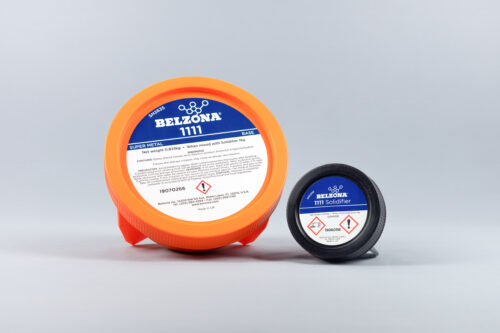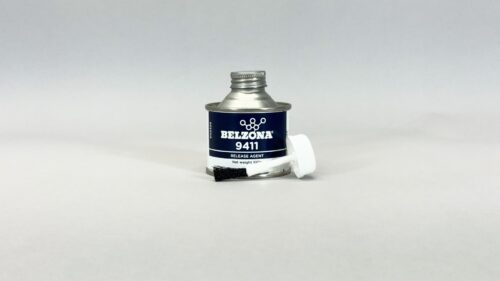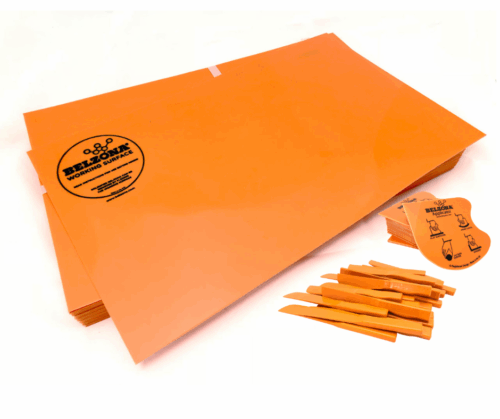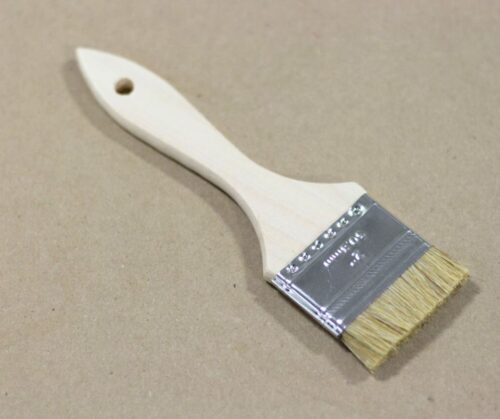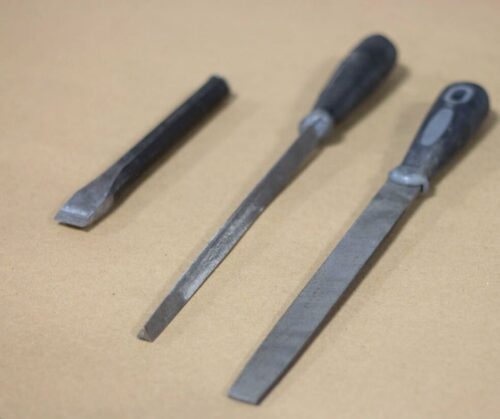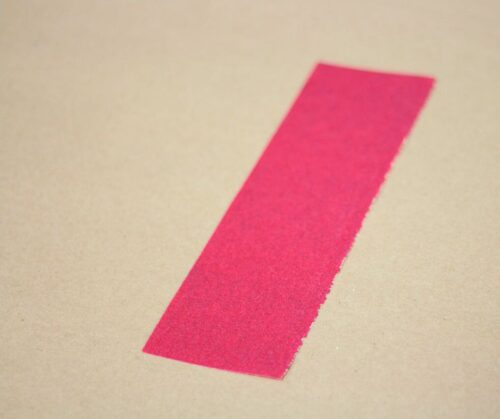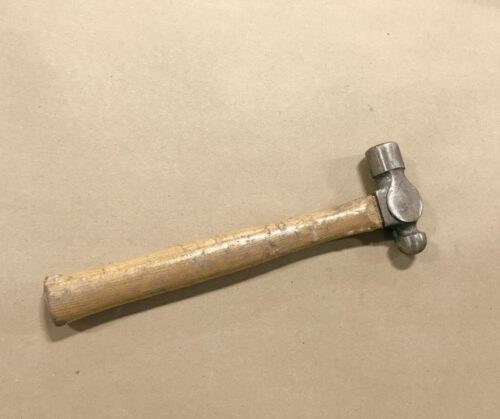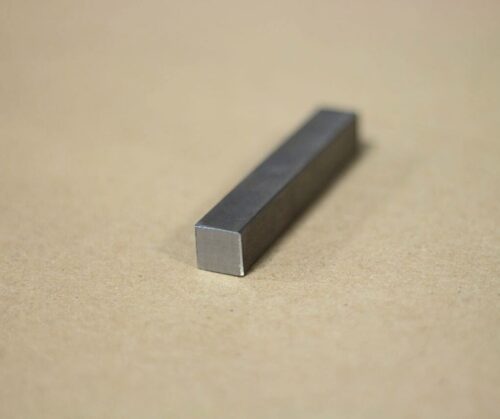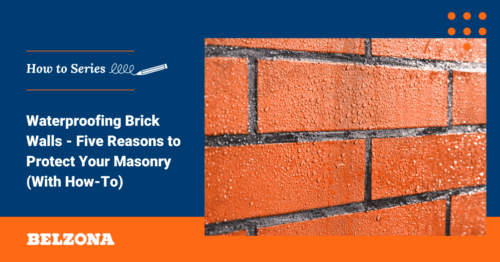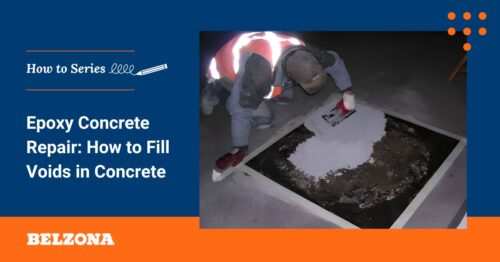Oversized Keyway on Shaft
Repeated stress from cyclic loading, intensified by sudden starts and stops in shaft operations, can cause keyways to become oversized – too large for the key and leading to slippage. This slippage compromises the efficient torque transmission from the shaft to other connected components. Without timely and effective shaft repair solutions, equipment will experience vibration, reduced efficiency, and potential component failure. While this seems to be a minor defect on a small component in operations, an oversized keyway on shaft can disrupt operations and result in costly shutdowns.
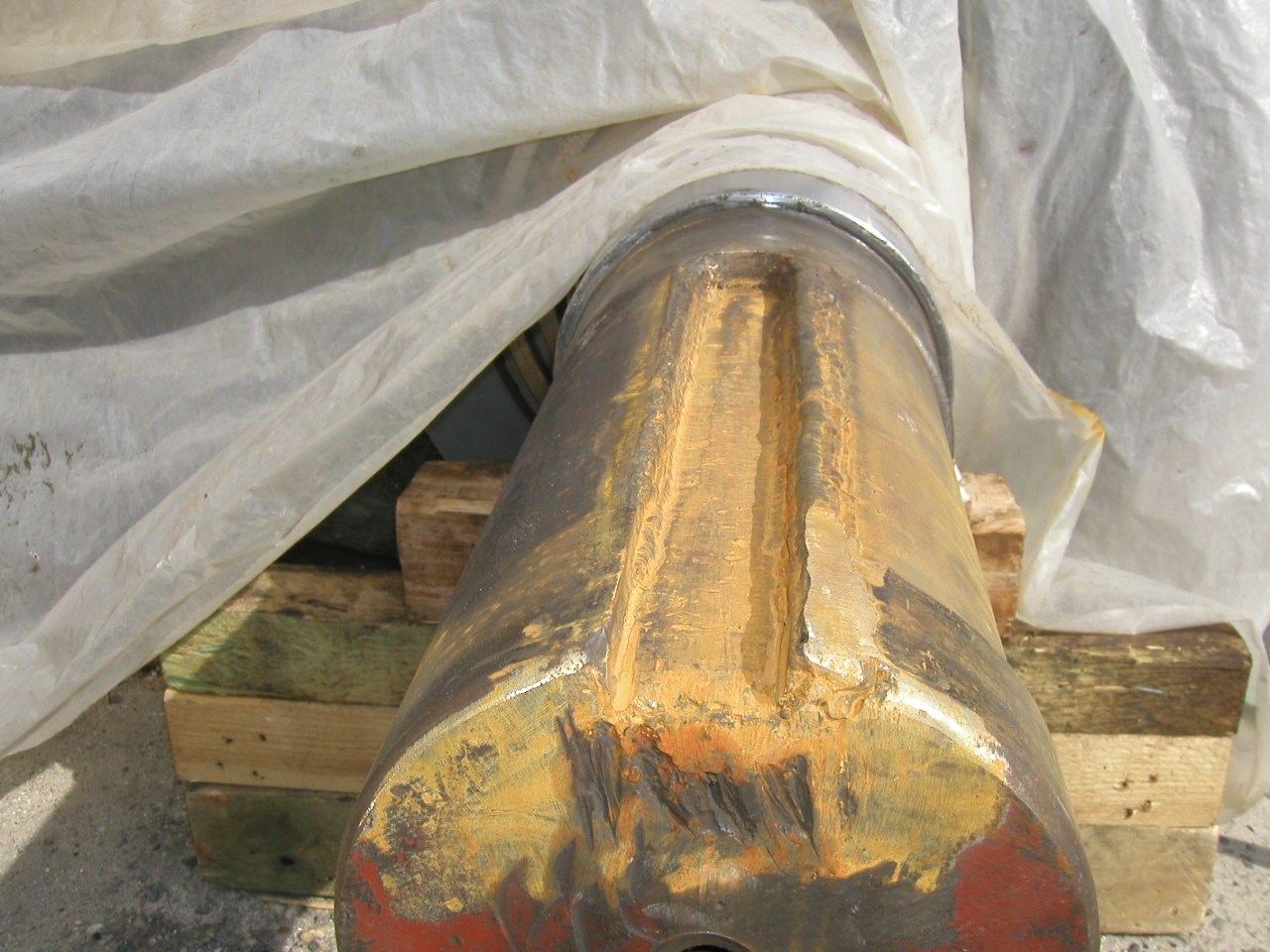
Conventional Shaft Repair Methods
Conventional damaged shaft repair methods, such as welding and re-machining, require skilled workers for precise execution but these conventional methods have potential drawbacks like shaft distortion and material embrittlement. Plus, the pitfalls of traditional shaft repair by welding can compromise the shaft’s long-term performance and integrity. Welding involves localized heat which creates Heat-Affected Zone (HAZ) on shaft. This often leads to reduced fatigue resistance. In some cases, maintenance crew may require the costly and time-consuming process of replacing the entire shaft which involves disassembly of the machine and removal of the affected components.
Belzona Epoxy-Based Materials for Metal Shaft Repair
To repair shaft components, Belzona epoxy-based materials can offer superior alternatives. These materials can tackle common problems like worn motor keyways, damaged drive shafts, crank shafts and applications for propeller shaft repair. Asset owners can rebuild worn shafts with Belzona epoxy repair materials without the need for time-consuming and costly shutdown. Since Belzona polymers are 100% solids, there is no dimensional change from application to full cure. Belzona shaft repair methods, utilizing machinable epoxy putty, provide a cold-applied solution. These cold-applied methods eliminate heat-affected zones, preserving the original metallurgical properties of the shafts and axles. The solidity and cold-curing properties of epoxy repair solutions are beneficial for maintenance crew to rebuild damaged keyway on shafts.
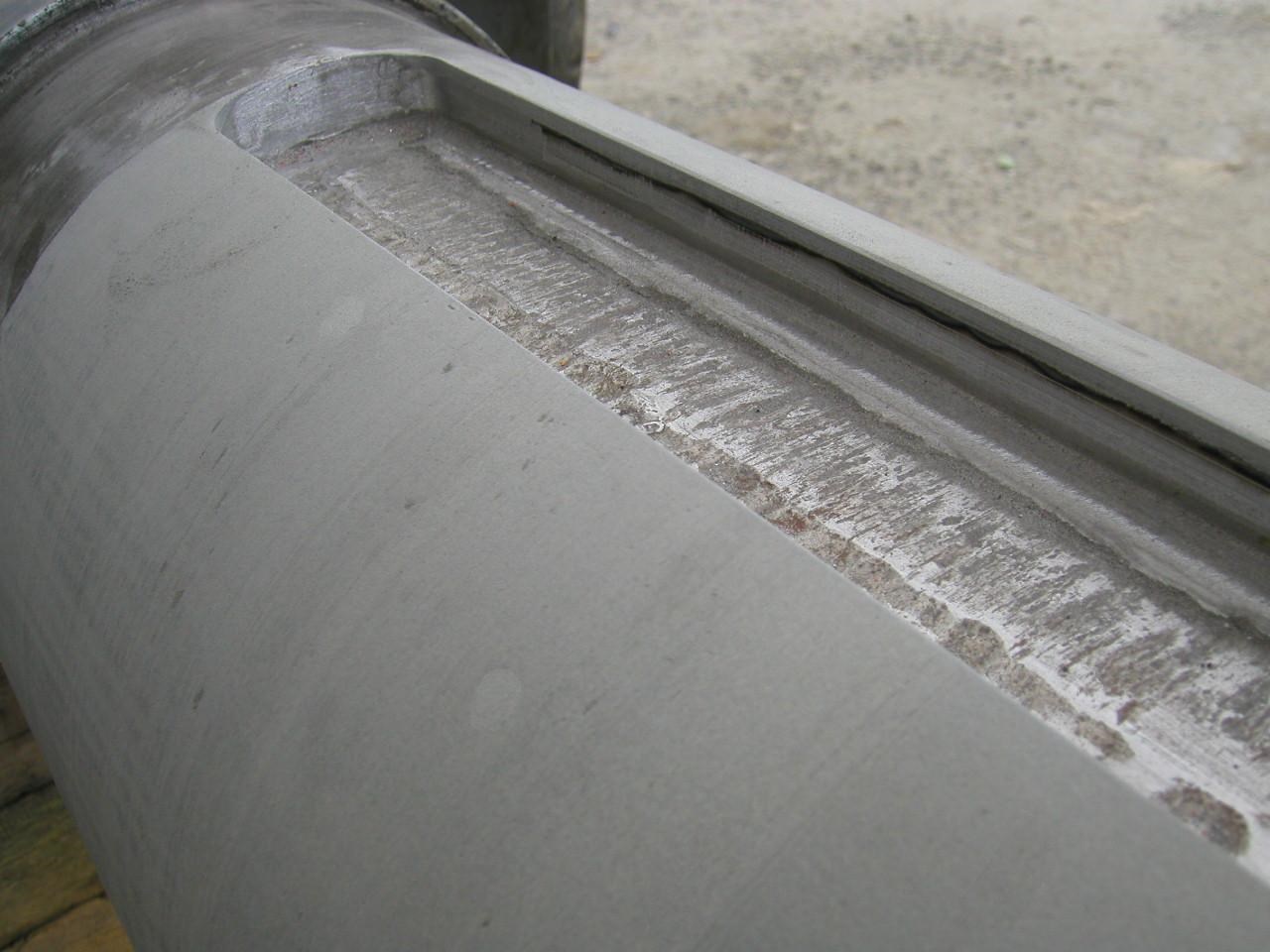
Belzona offers a wide range of epoxy-based materials for cold-curing solutions to repair shafts. For an oversized shaft keyway repair, asset owners can select products based on the application situations and operation requirements. The possible solutions include Belzona 1111 (Super Metal), Belzona 1212, Belzona 1221 (Super E-Metal).
| Product | Consistency | Compressive Strength | Suitable for Emergency Repair |
| Belzona 1111 (Super Metal) | Paste | High | No |
| Belzona 1212 | Paste | High | Yes |
| Belzona 1221 (Super E-Metal) | Paste | Medium | Yes |
Belzona 1111 (Super Metal) for Oversized Keyway Repair
This blog post demonstrates how to repair an oversized keyway with Belzona 1111 (Super Metal), an epoxy-based metal repair composite. Belzona metal repair composites eliminate the need for welding or any other type of hot work, thus providing a safer environment for personnel.
Step-by-Step Guide How to Rebuild an Oversized Keyway with Belzona 1111 (Super Metal)
Step 1: Apply Release Agent on a New Key

Apply two thin coats of Belzona 9411 (Release Agent) to all sides of a new key. This is to allow the removal of the key after the application of Belzona 1111 (Super Metal) on the keyway. Typically, at 68°F (20°C), it takes around 15-20 minutes for the release agent to dry and the key to be ready. The application of Belzona 9411 (Release Agent) should strictly follow the relevant Belzona Instructions For Use.
Step 2: Surface Preparation on the Damaged Shaft Keyway
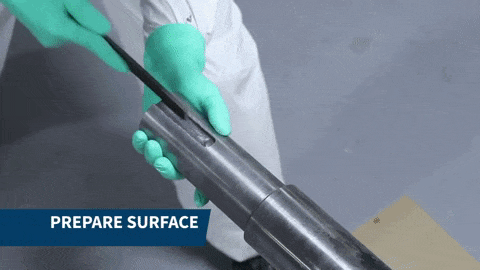
File down the inner surfaces of the damaged keyway to remove all sharp edges and protrusions. This step is essential to ensure proper adhesion of the material.
Step 3: Score the Keyway
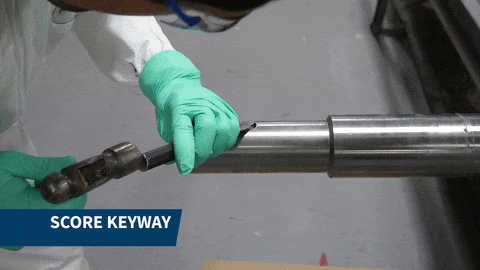
Use hammer and chisel to help roughen and score the inside surface of the keyway for better mechanical adhesion.
Step 4: Clean the Keyway on Shaft
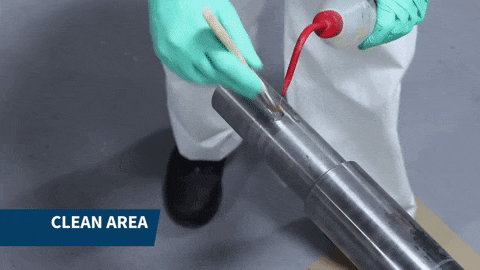
Then, clean and degrease the keyway to remove all dirt, grease, and surface contaminants by using Belzona 9111 (Cleaner/Degreaser). It is important to ensure that the keyway is clean prior to further steps of Belzona metal repair for worn shaft keyway.
Step 5: Define the Repair Area on Shaft
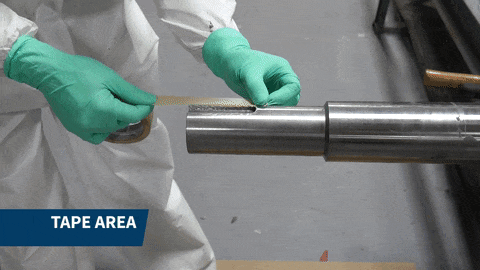
Use tape to define the working area on the shaft and create clean edges. This step ensures a clean finish and prevents the material from bonding to unwanted areas.
Step 6: Mix Belzona 1111 (Super Metal)
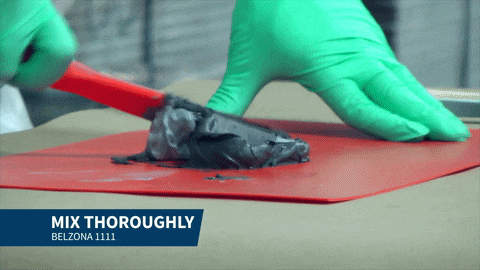
Mix the base and solidifier of Belzona 1111 (Super Metal) thoroughly to achieve a uniform colour, free of any streakiness. Belzona recommends strictly following the Instructions For Use for an optimal performance.
Step 7: Apply Belzona 1111 (Super Metal)
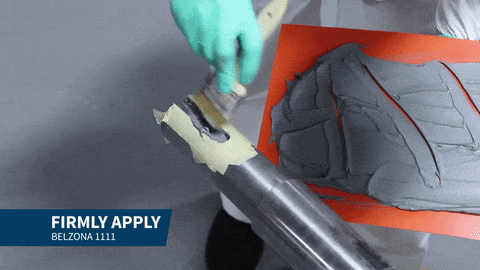
Apply the mixed material directly onto the prepared surface of the shaft keyway, pressing down firmly to ensure maximum contact with the surface in order to avoid air pockets.
Step 8: Push Belzona 1111 (Super Metal) into the shaft keyway
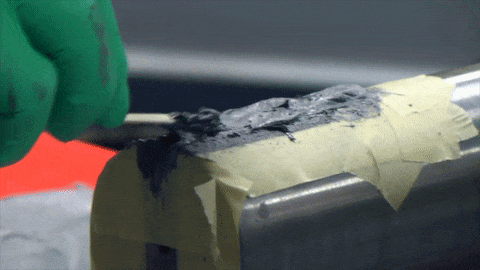
Carefully push the product well down into the keyway corners in order to avoid air entrapment and ensure maximum contact with the surface.
Step 9: Remove Excess Product from Shaft Keyway
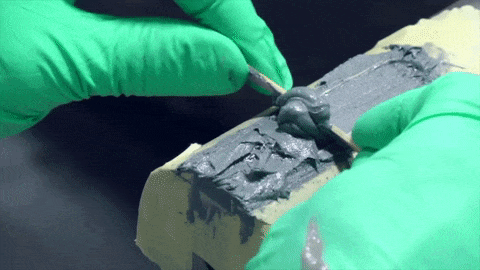
Then, remove excess product from the shaft keyway.
Step 10: Position Key into the Keyway
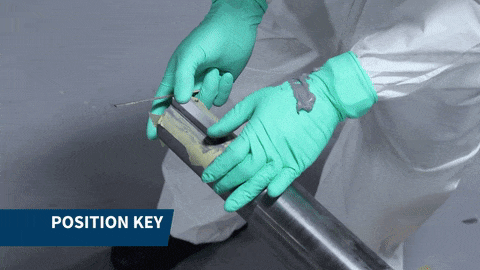
Insert the new key into the keyway while the Belzona 1111 (Super Metal) is still workable. Press it down firmly until the excess material squeezes out.
Step 11: Remove Tape
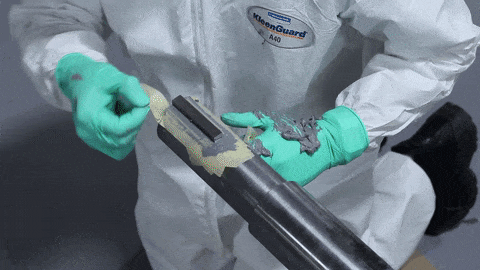
Carefully remove the tape from the shaft. Then, allow the product to cure. Curing time may vary depending on temperature. Asset owners should strictly follow the manufacturer’s Instructions For Use for an optimal result.
Step 12: Release the Key from the Keyway
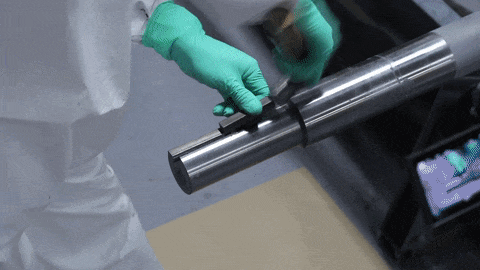
Step 13: Smooth Out the Shaft Surface
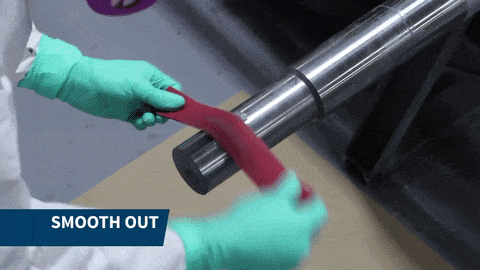
Use emery cloth to smooth out any high points on the surface. This final step helps ensure a precise fit for reassembly and operation.
Shaft Repair Video: How to Rebuild an Oversized Keyway
Learn More about Belzona Solutions for Shaft Repair
How to Repair a Worn Shaft Using Injection
How to Repair a Worn Shaft with a Forming Technique
Frequently Asked Questions
What types of shafts can Belzona epoxy-base materials repair?
Belzona epoxy-based materials can repair a wide range of shafts and their components including pump shaft, gearbox shaft, rotor shaft, pintle shaft, tail shaft as well as propeller shafts. These cold-applied solutions can restore worn motor keyways, damaged splines, drive shafts, crankshafts in engines, worn bearing housing or coupling surfaces.
How can Belzona offer safer solutions for shaft repair compared with welding method especially on shaft keyways?
Welding creates heat-affected zones (HAZ), weakening substrates of shafts. Welding involves risks of sparks, burns, fires, explosions, and electrical hazards. In contrast, Belzona 1000 Series are cold-applied solutions, mitigating the need for hot work. This also implies lower risks for personnel working on the repair. The materials are 100% solids, meaning they are VOC free.
How can asset owners ensure proper alignment of shafts and keyways when using epoxy-based materials to repair shaft?
To ensure accurate alignment of key and keyway on shaft, asset owners must apply Belzona 9411 (Release Agent) into the bore of the driven component and install it on the shaft at the point of Belzona product application.
Contact Your Local Distributor to Learn More about Belzona Solutions for Shaft Repair Services

Alexander Murillo is the Technical and Distributor Support Manager at Belzona Inc., based in Miami, USA. Since joining the Company in 2015, he has played a pivotal role in providing expert guidance on all technical aspects of Belzona’s advanced polymeric solutions. Leading a team of engineers and technicians, he supports Consultants, Distributors, customers, and Contractors across the Americas, ensuring the effective selection and application of Belzona’s protective coatings and repair materials in diverse industrial environments.
He holds a BSc in Chemical Engineering and also a BA in Chemistry from the University of South Florida. He also holds a National Association of Corrosion Engineers (NACE) Level 2 Certified Corrosion Inspector qualification. His extensive hands-on experience has taken him to multiple international locations, including Canada, South America, the Caribbean, the Middle East, and Southeast Asia, amongst others, where he has worked on complex industrial projects.
As an active member of NACE and the Association for Materials Protection and Performance (AMPP), Alexander remains at the forefront of corrosion protection and materials technology. With a commitment to excellence and technical advancement, he continues to support industry professionals in extending the lifespan of critical infrastructure through cutting-edge polymeric solutions.

